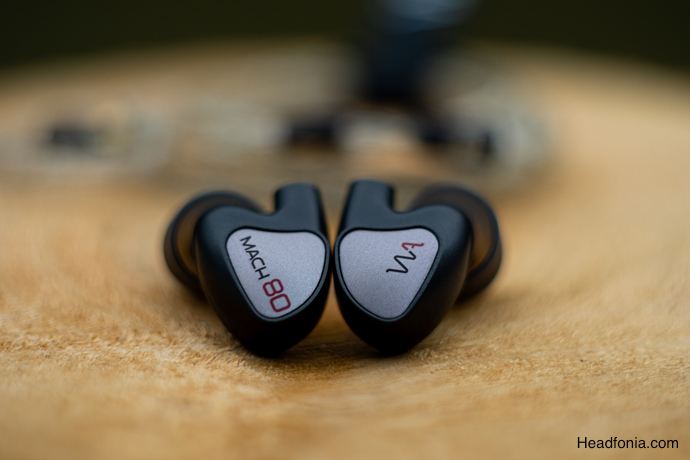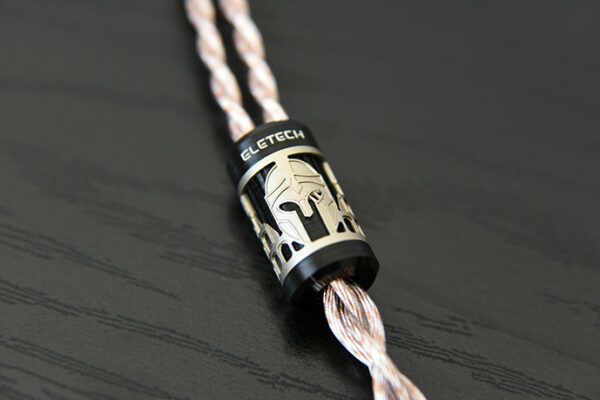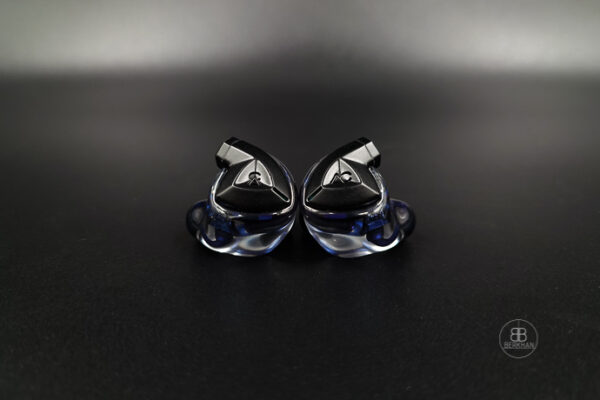Westone Audio Mach 80 In-Ear Monitors – Sound
Let’s start with the signature. The Mach 80 is linear, detailed, and balanced across the frequency spectrum. It has a relatively high impedance and it is a nitpicker when it comes to sources, therefore, synergy matters more than the average IEM. That being said, it does shine with equally capable sources which feature a balanced sound signature. Be sure to check out the source guide below to squeeze every last bit of performance out of the Mach 80.
Back to the performance, the frequency response is not completely flat but fares very close. It’s more of a clinical monitor rather than a musical one. If you are an audio engineer who is looking for a reference monitor, this could be your end game. Let’s take a closer look.
Bass
The Westone Audio Mach 80 has a linear, incredibly agile bass reproduction. The bass hits and recuperates fast. The texture and the timbre are also great. The monitors do a very good job of reflecting the natural timbre of the drums. The resolution of the bass is impressive, especially when combined with a good source. There is little to no coloration when it comes to the low range.
The monitors reflect whatever there is in the track, nothing more, nothing less. It complies with the outlines of the reference signature. The bass is extremely controlled, there is no bleed, no dip, or peak. Listening to well-mastered tracks with natural instruments feels downright amazing with the Mach 80s.
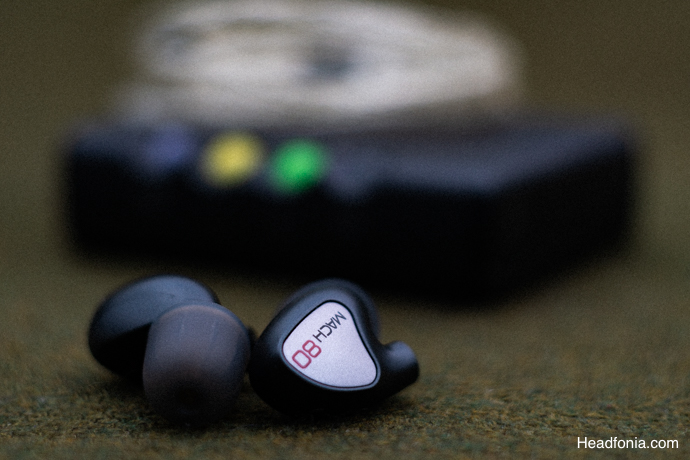
Midrange
Just like the lows, the midrange is incredibly clean with an added bonus. The bonus is Westone’s special guitar timbre. I’ve heard many Westones and from UM30 to Mach 80, all the Westones had the same, beautiful guitar timbre that is just mesmerizing to hear.
I don’t exactly know what mojo they do for that but it is surely impressive. At this point, it is a part of their “house sound” and it was my reason to buy my first Westone IEMs back in the day. Listening to Guns’N Roses, Dire Straits and any band that has a guitar virtuoso member is an exquisite experience.
Just like the lows, the mids are incredibly clean and there’s an added bonus. That bonus is the Westone’s signature guitar timbre. I’ve listened to a lot of Westone IEMs and all the Westones, from the UM30 to the Mach 80, have the same, beautiful guitar timbre that is mesmerizing to listen to. I don’t know exactly what kind of mojo Westone engineers do behind closed doors, but it’s undeniably very impressive.
At this point, it is a part of their “house sound” and in the past, it was the very reason why I bought my first Westone IEMs. Listening to Guns N’ Roses, Dire Straits or any band with a guitar virtuoso member is an exquisite experience with the Westones.
The Mach 80 features a clean and articulate presentation with a balanced note weight. The lower midrange can sound a little light with some sources that feature analytical signatures. Furthermore, the upper midrange of the Mach 80 is energetic, detailed, and crisp. The excellent extension of the midrange contributes to the spacious presentation by a good margin.
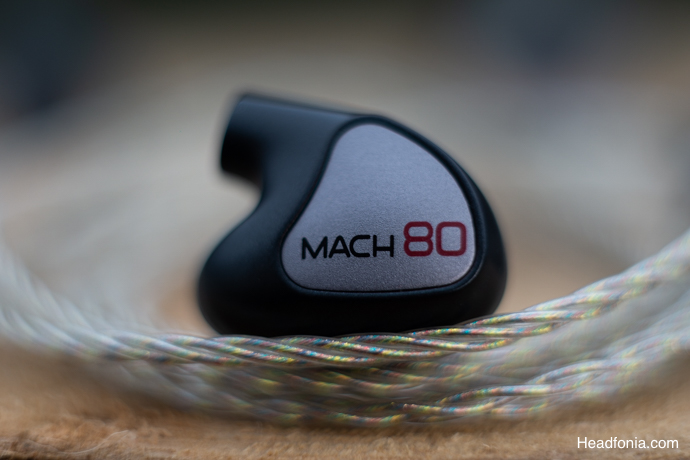
Treble
The pristine, resolving highs of the Mach 80 have a very good extension towards the top octave. High frequencies are detailed, spacious, and incredibly detailed. This gives the monitor a unique sense of air and contributes to the perception of clarity.
The natural timbre of Saxophones, Piccolos, and Flutes is projected as is and doesn’t feel artificial. The Mach 80 presents them with an uncolored, neutral tonality.
Technical Capability
Let’s start with PRaT because it is one of the most impressive technical aspects of the Mach 80. The Mach 80 is very impressive in this regard and has absolutely no trouble reflecting whatever is going on on the stage even while there are multiple instruments packed and playing side by side in a complex passage. It handles congestion very well and manages to stay in control no matter the genre.
The instrument separation and imaging are very impressive. The Mach 80 presents instruments with plenty of air between each but does not have an impressively wide or deep stage. It stays true to the real stage and projects as naturally as possible.
Don’t get me wrong here, it is not superficially wide or deep, the 80 renders the stage as is, and it positions the instruments very accurately. If you match the Mach 80 with a highly detailed, analytical source, such as the SMSL’s SU-9 & SH-9 stack, it feels like an Engineer’s dream, highlighting every little flaw in the mix. I find the 80 to be an incredible tool and it can easily satisfy both the audiophile community and the engineers of this industry.
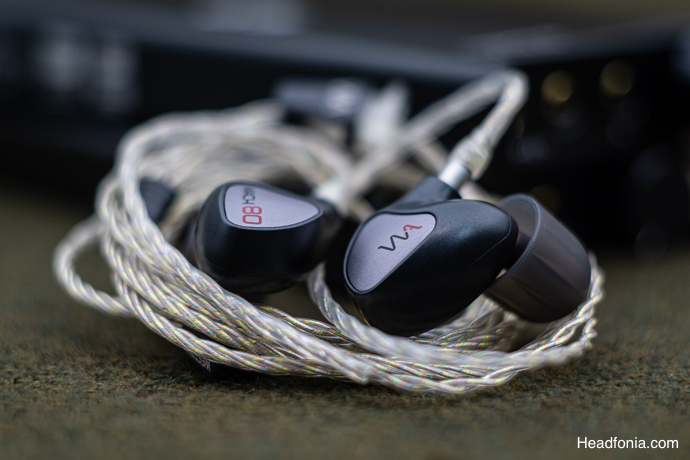
Comparison
vs. Mach 70 (1399 USD/EUR/GBP)
Priced just below the Mach 80, the headphones share the same packaging and accessories as the Mach 80. The shell size and material used are also identical to the Mach 80. There are significant differences between Mach 80 and Mach 70 in terms of sound signature. The Mach 80 is the most linear offering of the Mach family. Mach 70 comes with a smoother and rounder response and offers a more musical approach compared to the uncolored Mach 80. Especially in the mid-bass and upper-mid rendition, the two monitors are polar opposites.
The Mach 70 has a colored midrange with a sweeter tonality that emphasizes vocals and mid-based instruments. The note weight of the 70 is thicker and thus giving natural instruments a warmer timbre, while the 80 is focused on accuracy. Another reason for the Mach 70’s difference is the bass response. We can say that the Mach 70 delivers both the sub-bass and the rest of the low end with more emphasis than the 80.
The 80’s superiority in terms of pure technical capability is undeniable, but the difference is definitely not day and night. We can say that both monitors have been tuned to appeal to 2 completely different audiences. The review of the Mach 70 will be available on Headfonia soon, so stay tuned for our detailed take on the 80’s 7-driver sibling!
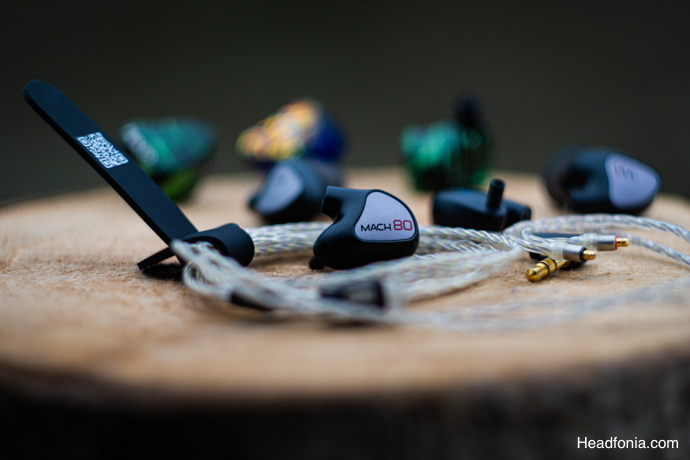
vs. FAudio Mezzo LE (1900 USD)
The Mezzo LE is the 7th-anniversary IEM from FAudio. It is a limited-edition release that FAudio has been working on for more than 3 years. It utilizes unique technologies and combines a dynamic driver, a couple of BAs, and a piezo driver inside an acrylic, bespoke shell. It also comes with a 3-band tuning switch on each side, allowing the user to fine-tune the response up to some extent. Make sure to check out its review via this link as it is a very interesting and unique IEM.
When we compare the FAudio Mezzo LE with the Mach 80 while its most balanced tuning setting is active, the biggest difference is naturally in the lower frequencies. The bass produced by the Mezzo’s dynamic driver can be described as powerful, round, and deep while Mach 80 is quite linear in comparison. Furthermore, although the Mach 80’s bass is considerably less in quantity than the Mezzo, it feels much more nimble.
The Mach 80 shows a superior ability to keep up with complex passages and congested tracks with multiple instruments. Although the Mezzo is nowhere as linear as the Mach 80, the Mezzo features very clean midrange and treble regions. Source matching is a bit easier with the Mezzo as it is fine-tunable. If you primarily listen to bass-heavy genres, go for the Mezzo LE. If you prefer accurate reproduction of natural instruments and are not a bass enthusiast, the Mach 80 is an excellent choice.
Source Selection
SMSL D1SE & SP400 ($1350 USD)
The D1SE and SP400 are a DAC and AMP combination with an extremely clean and flat response. Pairing these two excellent devices with the Mach 80 results in a clean, neutral and transparent reproduction. The technical capability of the Mach 80 improves dramatically. The Mach 80’s imaging and instrument positioning improves even further, increasing the distance between instruments and making the overall presentation more effortless and airier.
The tonal balance is also improved further, bringing lower mids a tad forward. This stack alone easily gives you an idea of what a good synergy can mean to a capable monitor like the Mach 80.
FiiO K9 Pro ($850 USD)
The K9 Pro ESS is perhaps the best and probably the most sophisticated device FiiO has ever created. Under the hood of this blatant beast are two flagship ES9038PRO DAC chips, eight OPA1612 OP-AMPs, and two parallel THX 788+ modules fed by a toroidal transformer. As for this pairing, the slightly warmer timbre of the K9 Pro beautifully saturates the Mach 80’s neutral midrange, resulting in a slightly colored but still pretty transparent tonality.
The K9 Pro improves the bass impact and the extension of the subs. This combo is almost as technically impressive as the SMSL stack, but falls short when it comes to treble delivery. Compared to K9, the SMSL stack adds more air to the presentation. The difference is quite minimal and only noticeable on selected tracks. Both pairings give excellent results for Mach 80 and are easily preferable.
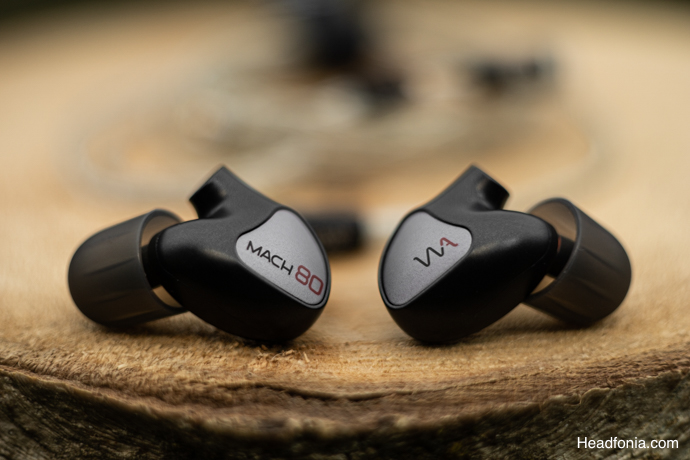
Last Words
I really enjoyed reviewing the new Westone Audio Mach 80 flagship and I think they have done a great job. It’s very pleasing to see Linum’s wonderful UltraBax cable included in the Mach 80’s package as the main/default cable. Overall, the selection of accessories is rich and all the materials used are well-made.
The build quality and design of the headphones have also been improved and enhanced compared to the previous generation. The IEMs are so compact and lightweight that you often forget you’re even wearing them.
Most flagship earphones come with huge shells, and in comparison, the Mach 80 is ultra-compact. If you like IEMs with a detailed and neutral sound signature, the Mach 80 could easily be your end game.
Page 1: Westone, Mach 80, Packaging & Accessories, Linum UltraBax, Design, Build & Fit
Page 2: Sound, Low, Mid, High, Technical Capability, Comparison, Source Selection, Last Words







